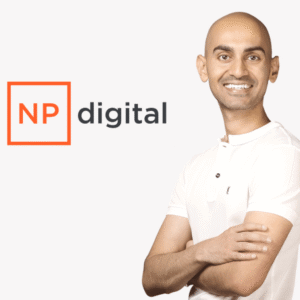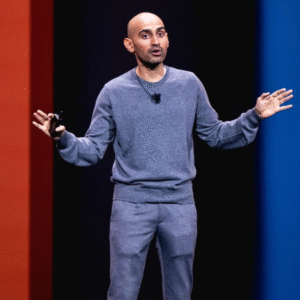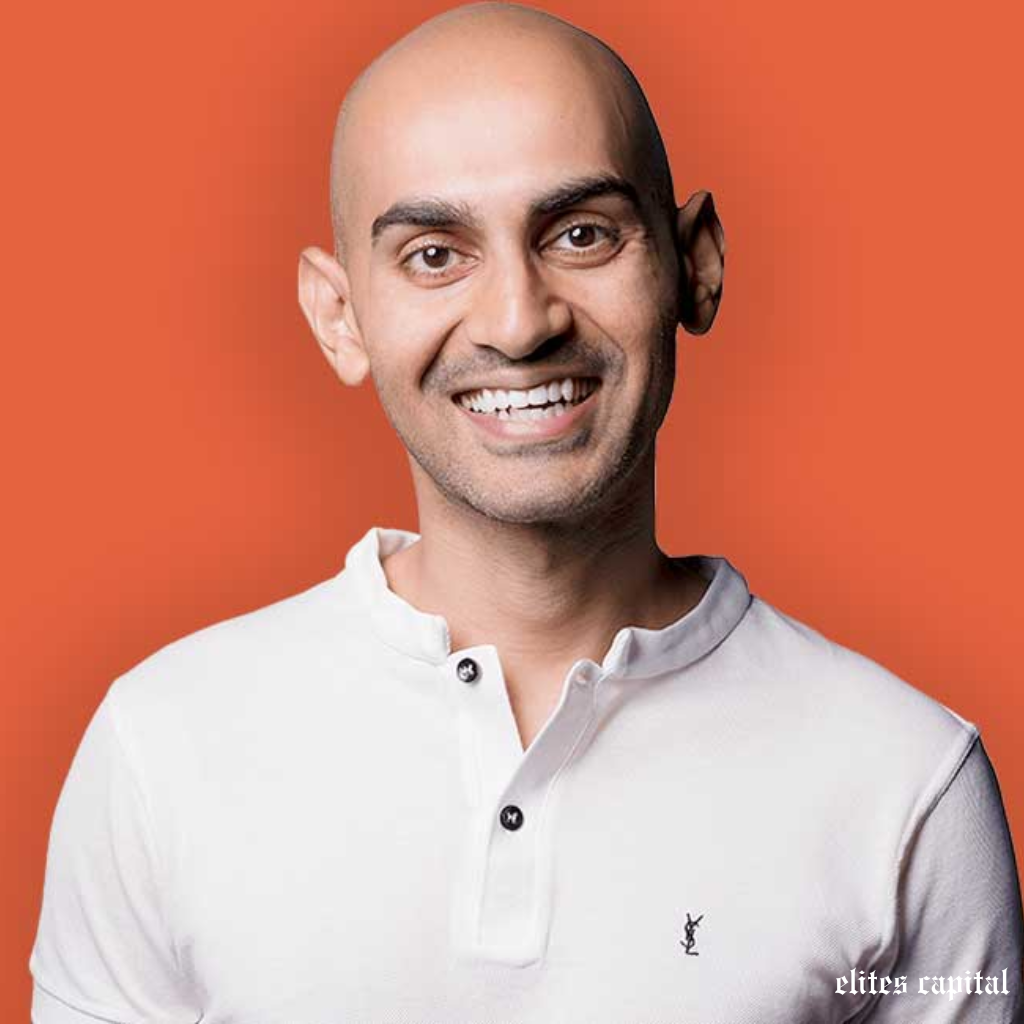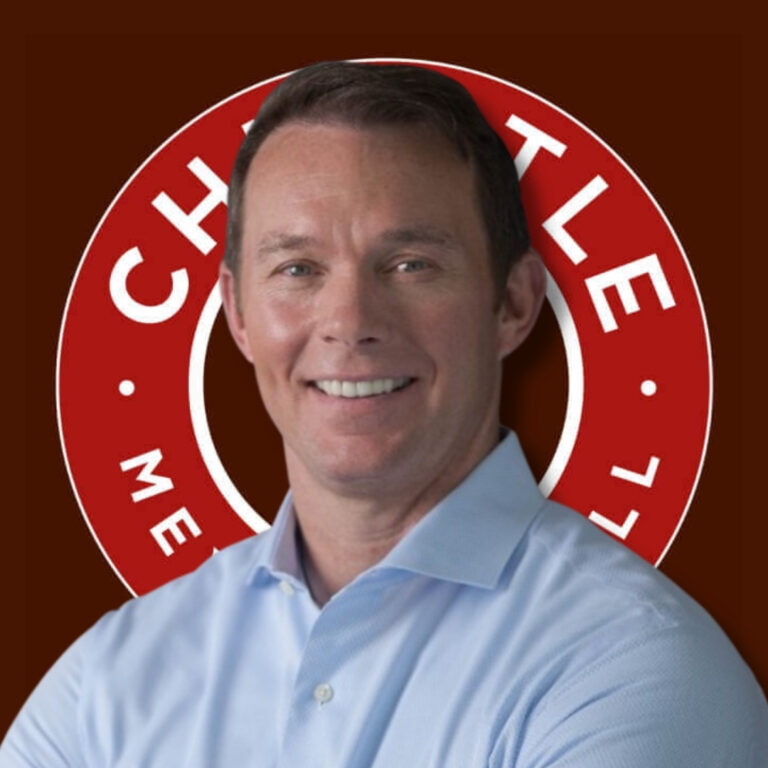Neil Patel’s 9 Figures a year Marketing Playbook: Micro-Influencers, TAM, and Smart Scaling
Neil Patel is a name synonymous with modern digital marketing mastery. As the co-founder of Crazy Egg, KISSmetrics, and NP Digital, he’s played a major role in shaping how businesses approach SEO, content, and scalable growth online. But Neil’s success story isn’t just about fancy metrics or technical tools — it’s about mindset, long-term strategy, and reinvestment.
 In an eye-opening interview, Neil Patel shared the philosophy and strategies that helped him go from a curious 16-year-old to generating 9-figure revenue annually. His candid discussion covered not only his approach to wealth, but also the #1 underrated marketing channel, and a harsh truth: why most businesses fail.
In an eye-opening interview, Neil Patel shared the philosophy and strategies that helped him go from a curious 16-year-old to generating 9-figure revenue annually. His candid discussion covered not only his approach to wealth, but also the #1 underrated marketing channel, and a harsh truth: why most businesses fail.
Let’s dive deep into Neil Patel’s entrepreneurial insights, the mindset behind his massive success, and the key takeaways for anyone who wants to scale a profitable business in today’s world.
Who is Neil Patel?
Neil Patel is a serial entrepreneur, marketing expert, and investor who has been in the game for over 23 years. Starting as a teenager who had few options other than creating his opportunities, Neil’s story is one of persistence, experimentation, and strategic thinking.
He’s consulted for Fortune 500 companies like Amazon, NBC, GM, HP, and Viacom, helping them scale their marketing and traffic. With his agency, NP Digital, he’s served clients globally and maintained a 9-figure annual revenue.
But what makes Neil different isn’t just the numbers — it’s
how Neil Patel thinks about money, market size, and scalable growth.
 How Much Money Does Neil Patel Make?
How Much Money Does Neil Patel Make?
One of the most surprising things Neil reveals is that despite his company generating over $100 million in revenue annually, he personally doesn’t aim to take home more than $4–5 million per year in income.
“I try not to make more than $4 or $5 million a year max in distributions… I’d rather reinvest majority of the profits.”
This mindset of strategic reinvestment — instead of maximizing personal profit — is central to how Neil continues to grow. Instead of pocketing the bulk of the earnings, he uses profits to:
Acquire new businesses
Expand his team
Launch new services
Develop technology and marketing assets
Neil builds long-term value that compounds over time by treating his businesses as wealth-generating machines rather than one-time paydays.
Reinvestment Over Extraction
Many entrepreneurs fall into the trap of pulling as much cash as possible from their businesses to fund a luxurious lifestyle. Neil flips that script.
His reinvestment-first approach allows him to:
Stay agile and competitive
Scale without needing outside funding
Explore new market segments faster than competitors
This is a powerful strategy, especially in today’s world, where adaptability is key. If you’re constantly pulling money out, you’re limiting your own growth potential.
“I take enough to pay for my expenses. The rest I invest into buying more companies, expanding, hiring more people, etc.”
The Most Underrated Marketing Channel in 2025: Micro-Influencers
Neil didn’t point to SEO or paid ads when asked about the highest ROI marketing channel today. Instead, he emphasized the untapped potential of micro-influencer marketing, and most entrepreneurs are sleeping on it.
“The number one highest ROI channel right now in marketing that most people don’t want to leverage is influencer marketing. But I’m not talking about people who have a lot of followers. I’m talking about micro-influencers.”
Micro-influencers are individuals with 1,000 to 100,000 followers, often with hyper-engaged audiences. Neil explains that this group offers:
Lower costs for collaboration
Higher engagement and trust
Flexibility in compensation (many accept commission-based models)
Authentic content that converts
Why Micro-Influencers Work So Well:
They have niche communities that trust their recommendations
They are more approachable and open to custom deals
Their audiences don’t suffer from “influencer fatigue” like bigger celebrities
“We see over a 30% return on investment with micro-influencers.”
If you’re launching a product or trying to scale traffic affordably, start reaching out to smaller creators. The ROI is clear, and you’ll often get more committed promoters than with top-tier influencers.
Why Most Businesses Fail (And It’s Not What You Think)
Most people blame business failure on a lack of funding, but Neil disagrees.
“Most people say most businesses fail because of lack of capital. I say that most businesses fail because they’re going after too small of a target market.”
In marketing terms, this is called the Total Addressable Market (TAM). If your entire market opportunity is capped at $10 million and you somehow capture 100% of it (which is nearly impossible), you’re still limited.
 Real Talk from Neil Patel:
Real Talk from Neil Patel:
“If you’re after a $10 million market and get 100% of it, all you’re making is $10 million a year — and that’s just revenue.”
By contrast, Neil chooses to play in large markets where even a 1-5% share can mean hundreds of millions in revenue. He explains how his competitors are making $15–18 billion a year, so there’s plenty of room to capture value, even as a relatively smaller player.
✅ Key Takeaway:
Always evaluate TAM before entering a market.
Is there room to scale?
Are there billion-dollar players already?
Can you realistically capture a small % and still do 7–8 figures?
If your market is too small, even perfect execution won’t generate long-term wealth.
Neil Patel’s Strategic Business Philosophy – In Summary
| Principle | Strategy |
|---|---|
| Income Philosophy | Take modest distributions ($4–5M) and reinvest the rest |
| Growth Focus | Reinvest profits into expansion, hiring, and acquisitions |
| Best ROI Marketing | Micro-influencers with 1k–100k followers |
| Market Strategy | Go after large total addressable markets (TAM) |
| Business Failure Insight | Don’t aim small — think scale from day one |
| Long-Term Thinking | Build legacy over lifestyle |
Final Thoughts: Think Bigger and Scale Smarter
Neil Patel’s journey shows that success isn’t just about what you make — it’s about what you do with it. By prioritizing reinvestment, choosing scalable markets, and using underrated tactics like micro-influencers, Neil continues to dominate in a fiercely competitive space.
If you’re an entrepreneur, content creator, or marketer looking to grow, Neil’s advice boils down to this:
Think long-term
Play in big markets
Use high-ROI channels others ignore
Reinvest to multiply, not just maintain
Success leaves clues — and Neil Patel is leaving a trail anyone can follow.
Related:







